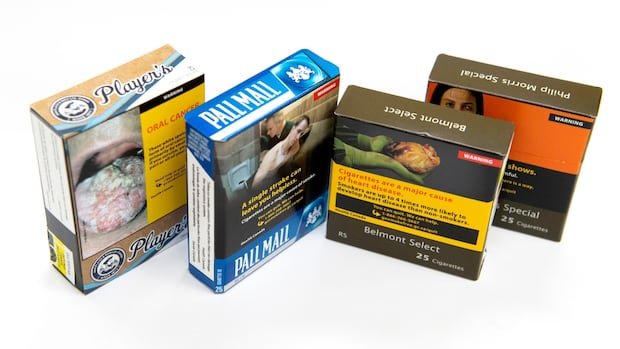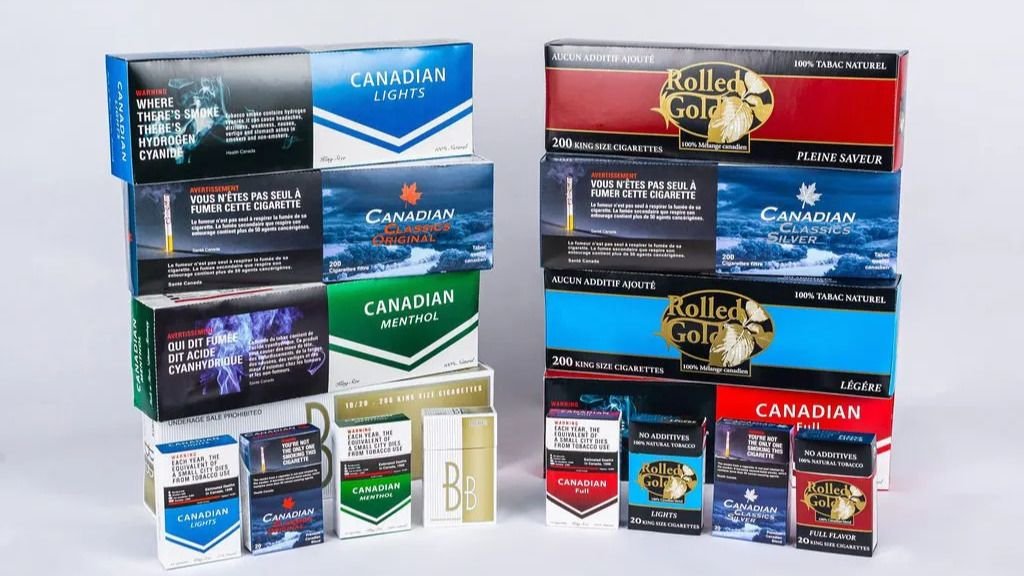
Blog

Recent Posts

Native vs Traditional Cigarettes: Ingredient Differences Explained
Discover how Native cigarettes compare to traditional brands in ingredients, additives, and safety. Learn the facts before you buy.
Native cigarettes are typically made with cured tobacco and rolling paper, often without the hundreds of additives found in major commercial cigarette brands. Traditional cigarettes, like Marlboro or DuMaurier, may contain flavour enhancers, humectants, and chemicals that influence burn rate and nicotine delivery. While Native cigarettes are sometimes described as “natural” or additive-free, both types still produce nicotine, tar, and harmful carcinogens when burned.
Introduction
When it comes to smoking, not all cigarettes are made the same way. Many Canadians are curious whether Native cigarettes differ from traditional brands in terms of what’s actually inside. The answer lies in the ingredients: Native cigarettes are often positioned as simpler, additive-free products, while commercial cigarettes from big tobacco companies typically include a long list of chemicals designed to enhance flavour, extend shelf life, and intensify nicotine delivery. Understanding these differences can help you make a more informed choice.
What Are Native Cigarettes?
Native cigarettes are tobacco products produced and sold by Indigenous communities across Canada. They are usually marketed as a more natural option because they are often made using only cured tobacco leaves and rolling paper, without the same chemical additives common in mainstream cigarette brands.
-
Production: Many are rolled or manufactured on First Nations reserves.
-
Perception: Seen as “additive-free” or “natural.”
-
Brands: Popular names include Canadian Goose and Playfare.
-
Key point: Native cigarettes still contain nicotine and tar — the main substances that make smoking addictive and harmful.
What’s Inside Traditional Cigarettes?
Commercial cigarette brands, such as Marlboro, DuMaurier, or Player’s, often contain far more than just tobacco. According to Health Canada and the U.S. CDC, more than 7,000 chemicals can be found in cigarette smoke, with at least 70 known carcinogens.
Common additives include:
-
Ammonia – boosts nicotine absorption.
-
Formaldehyde – used in preservation; also a carcinogen.
-
Acetone – found in nail polish remover.
-
Benzene – linked to cancer.
-
Propylene Glycol – keeps tobacco moist.
-
Sugars and flavourings – adjust taste and smoke harshness.
👉 In short, traditional cigarettes are engineered products, designed not only to deliver nicotine but to make smoking smoother, longer-lasting, and harder to quit.
Popular Native Cigarettes Online
- BB Full
- BB Light
- Canadian Full
- Canadian Light
- Canadian Menthol [Mint]
- Discount Full
- Discount Light
- Nexus Full
- Nexus Lights
- Playfare Cigarettes
Native Cigarettes Ingredients vs. Regular Cigarettes
While all cigarettes deliver nicotine and tar, the way they’re made sets them apart. Native cigarettes are generally described as simpler — mostly just tobacco and rolling paper. Traditional cigarettes, on the other hand, are engineered with additives to alter flavour, shelf life, and nicotine delivery.
Here’s a side-by-side comparison:
| Ingredient Category | Native Cigarettes | Traditional Cigarettes (Commercial Brands) |
|---|---|---|
| Base | Cured tobacco leaves | Tobacco blend (often reconstituted + processed) |
| Additives | Typically none or minimal | Hundreds of additives (flavour enhancers, burn accelerants) |
| Humectants (keep moisture) | Rarely used | Common: Propylene glycol, glycerin |
| Chemicals (processing/preservation) | None added in most cases | Formaldehyde, ammonia, acetone, benzene |
| Flavourings & Sweeteners | Uncommon | Sugars, cocoa, menthol, artificial flavours |
| Paper | Standard rolling paper | Treated paper designed for controlled burn |
👉 Key takeaway: Native cigarettes are simpler in composition, but that does not make them risk-free. Burning any tobacco releases tar, carbon monoxide, and carcinogens — even without chemical additives.
Do Fewer Additives Mean Safer?
A common belief is that because Native cigarettes often don’t contain additives, they must be safer. In reality, all tobacco products carry serious health risks.
-
Nicotine: Addictive in both Native and traditional cigarettes.
-
Tar: Causes lung and throat damage regardless of additives.
-
Combustion by-products: Burning tobacco releases thousands of harmful chemicals, even if no extra additives are included.
Health Canada makes it clear: whether labelled “natural,” “additive-free,” or “regular,” no cigarette is safe to smoke.
Why Some Canadians Choose Native Cigarettes
Even though health risks remain the same, many adults in Canada prefer Native cigarettes for a few reasons:
-
Perceived naturalness: They’re often marketed as additive-free, made with just tobacco and paper.
-
Lower cost: Prices are generally lower than major brands, especially when purchased by the carton.
-
Cultural connection: Buying Native cigarettes online in Canada can support Indigenous-owned businesses and communities.
-
Accessibility: Widely available on reserves and through trusted online retailers like Gold Star Smokes that follow Canada Post’s Proof-of-Age delivery rules.
Frequently Asked Questions
Are Native cigarettes chemical-free?
Not entirely. While many do not include the chemical additives found in commercial brands, burning tobacco still produces harmful chemicals like tar, carbon monoxide, and carcinogens.
Do Native cigarettes have less nicotine?
Nicotine content varies by brand and tobacco blend, but both Native and commercial cigarettes deliver addictive levels of nicotine.
Are Native cigarettes safer than traditional cigarettes?
No. Even without additives, smoking any type of cigarette exposes you to serious health risks.
Are Native cigarettes legal in Canada?
Yes, adults can legally buy Native cigarettes, but sales and shipping must comply with the Tobacco and Vaping Products Act and Canada Post’s Proof-of-Age delivery requirements.
Where can I buy Native cigarettes online safely?
Only purchase from trusted Indigenous retailers that clearly display shipping, age verification, and compliance policies.




